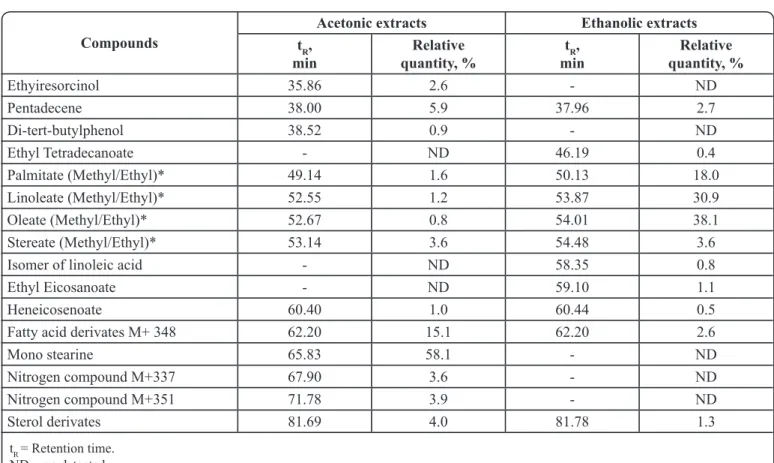Actividad citotxica y genotxica de fracciones fenlicas de Ulomoides dermestoides Fairmaire, 1893 (Coleoptera, Tenebrionidae), en clulas HaCat
Texto completo
Figure



Documento similar
We report that FB prevents the changes induced by wIRA and VIS on the morphology, viability and cell cycle of human fibroblasts, as well as on the expression of different ECM
Figure 10: Both dark and light I-V characteristics comparison of before (black line) and after (red line) NP surface modification.. The improvement was attributed
To analyze the effects of PA2.26 expression on the phenotype of human epithelial cells, we transiently transfected HeLa carcinoma cells and HaCaT immortalized keratinocytes with
Thus, we chose HepG2 cells, a well-established in vitro model and widely used human hepatoma cell line [13], to test the hepatotoxicity exerted by QT78, using tacrine
(A –C) Numerical solution of the model equations showing the time evolution of healthy (blue line) and unhealthy (red line) cells after treatment with different combinations
The aims of this study were to use single-cell RNA sequencing (scRNA-seq) to map the transcriptional landscape and cellular dynamics of directed differentiation of human embryonic
Cell viability after shipment was > 80% in all cases, enabling evaluation of (1) adhesion to plastic flasks and hydroxyapatite tricalcium phosphate osteoconductive
determined that CNPs were able to scavenge ClO - both in test tube and in vitro RAW cell culture model by surface interaction and a reaction involving the evolution of oxygen